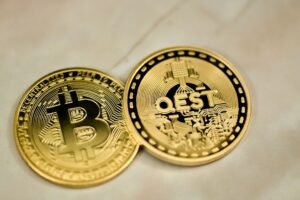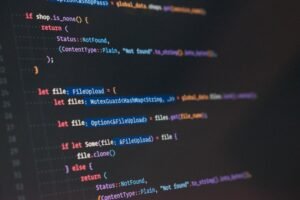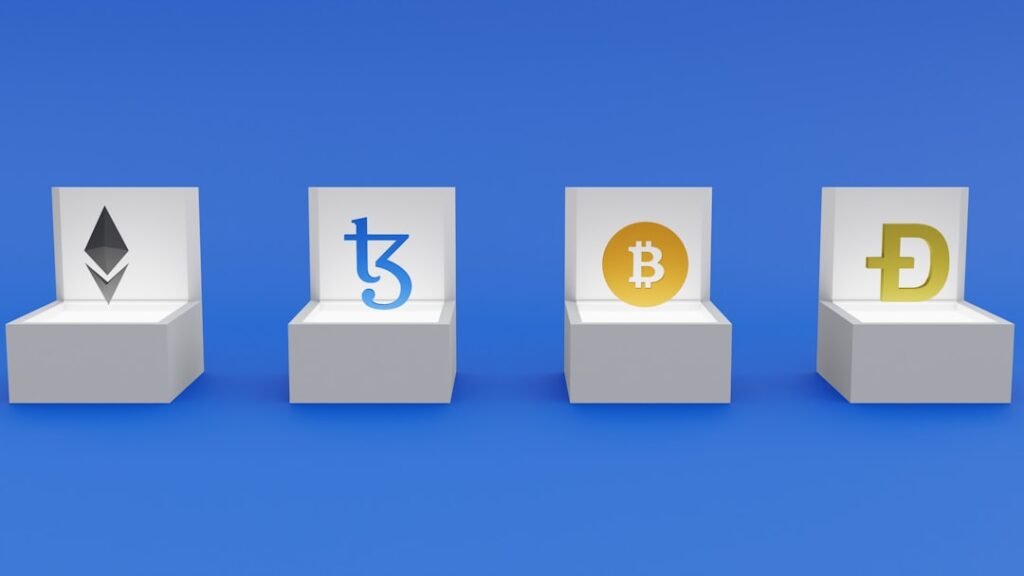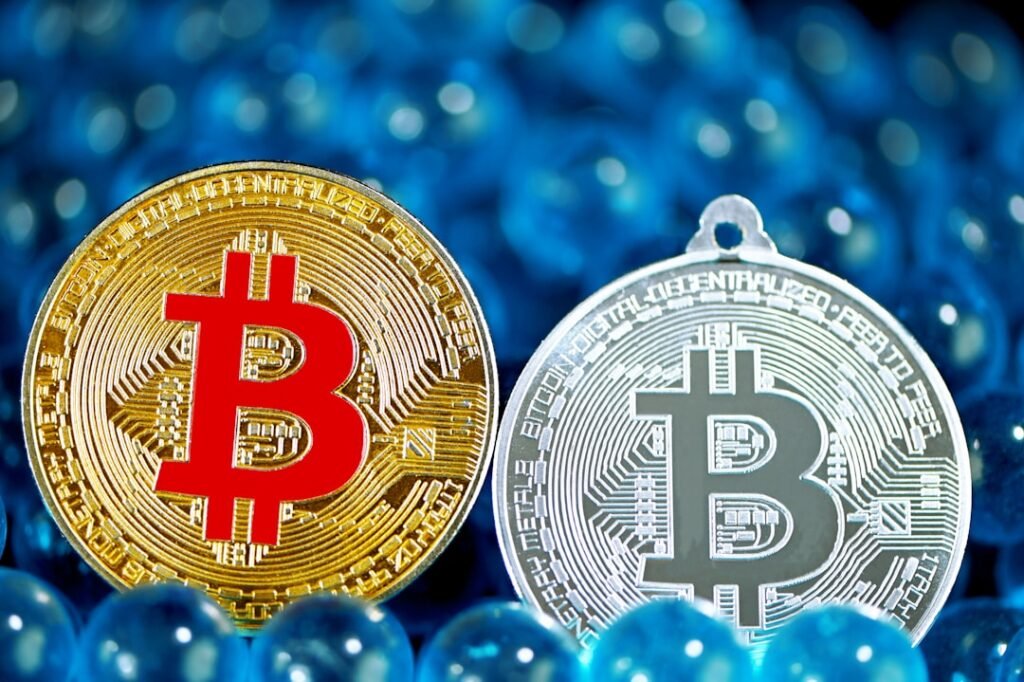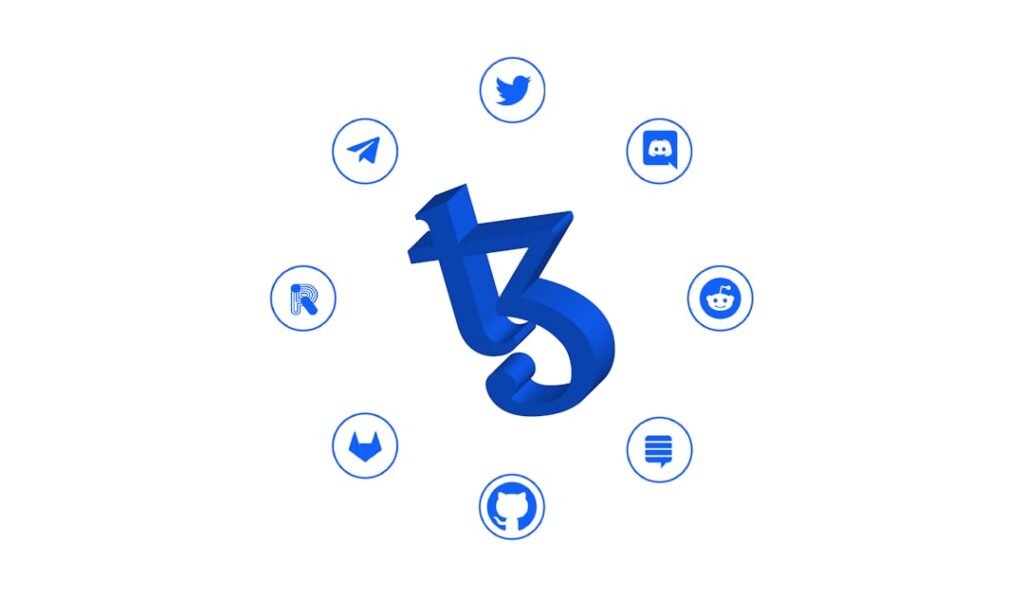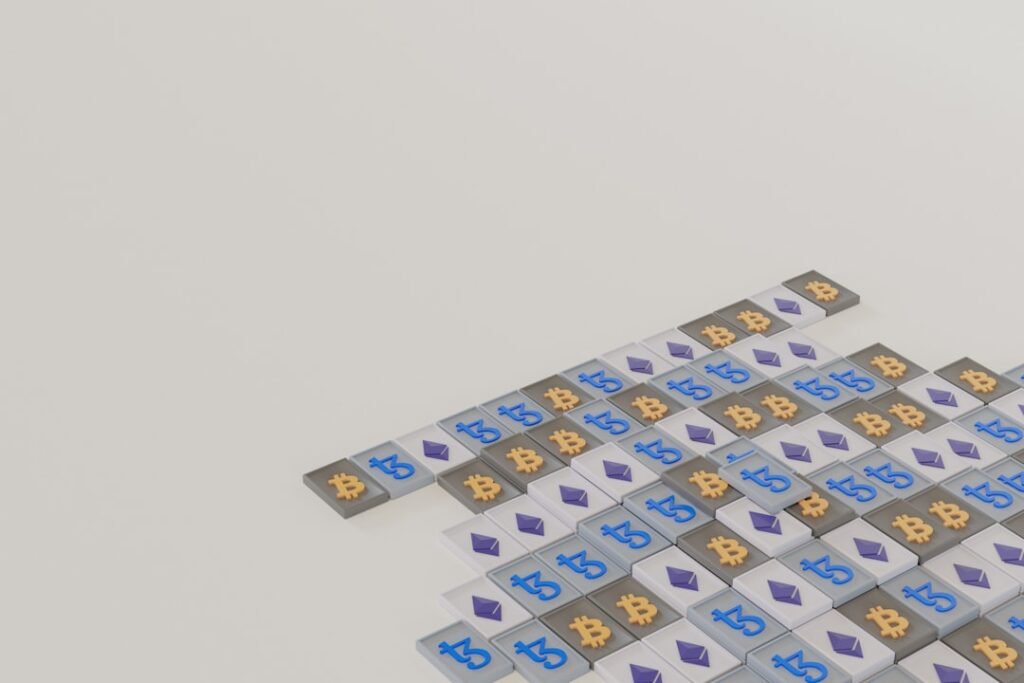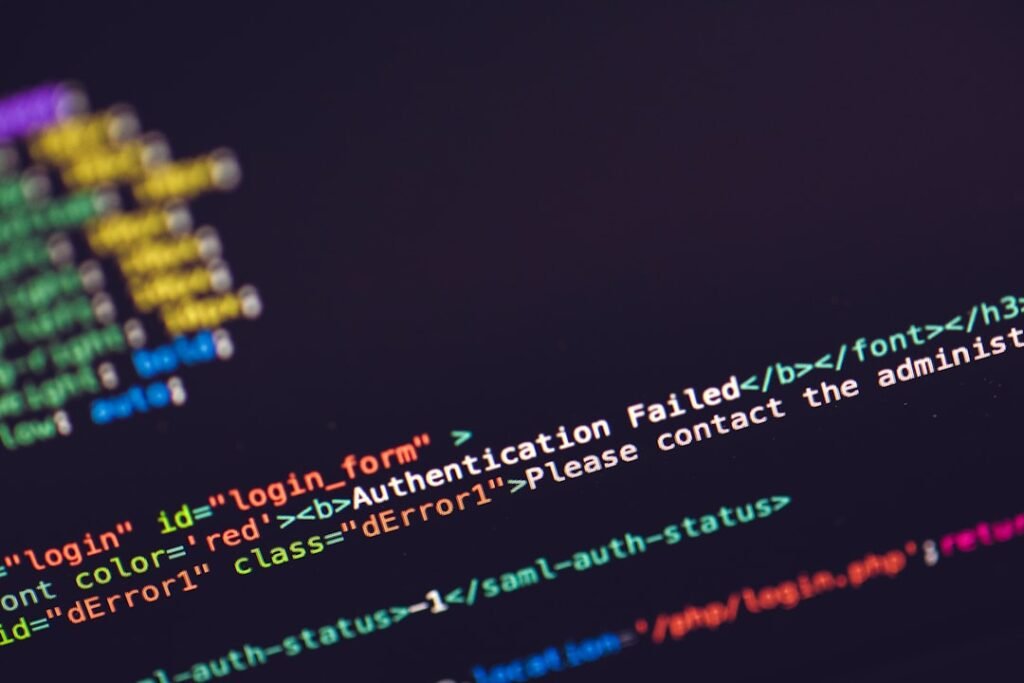How NFTs Are Revolutionizing Digital Ownership Forever
The Digital Ownership Dilemma
In our increasingly digital world, we face a fundamental paradox: we spend countless hours creating, collecting, and interacting with digital assets—photos, music, virtual items, artworks—yet we don't truly own them in the traditional sense. When you buy a digital song or game, you're essentially purchasing a license to use it, not actual ownership. This limitation has persisted until now. Enter NFTs—the technological breakthrough redefining what it means to own something in the digital realm.
What Exactly Are NFTs?
NFT stands for Non-Fungible Token. At its core, an NFT is:
- A unique digital certificate stored on a blockchain
- Proof of authenticity and ownership for a specific item
- An unalterable record that cannot be duplicated or forged
The Critical Difference: Fungible vs. Non-Fungible
Understanding this distinction is crucial to grasping the NFT revolution:
- Fungible Assets: Interchangeable and identical. One dollar bill equals any other dollar bill. One Bitcoin equals any other Bitcoin.
- Non-Fungible Assets: Unique and irreplaceable. The Mona Lisa isn't interchangeable with Starry Night. Your birth certificate isn't interchangeable with your neighbor's.
Simply put: If you lend someone a $10 bill, any $10 bill suffices for repayment. If you lend someone your childhood teddy bear, you want that exact bear back. NFTs bring this concept of unique ownership to the digital world.
The Technology Powering the Revolution
NFTs operate on blockchain technology—a decentralized, transparent digital ledger that records transactions across thousands of computers. Most NFTs use the Ethereum blockchain and follow the ERC-721 standard, which guarantees uniqueness. Here's how it transforms ownership:
- Minting: Creating an NFT involves generating unique digital codes stored across the blockchain network
- Smart Contracts: Self-executing contracts containing the NFT's unique ID and ownership terms
- Indisputable Provenance: Complete, immutable history of creation and ownership transfers
- Automated Royalties: Creators can program ongoing earnings (typically 5-10%) from secondary sales
Real-World Impact: Industries Transformed
Digital Art: The Authenticity Revolution
- Artist Empowerment: Digital artists like Beeple sold "Everydays: The First 5000 Days" for $69.3 million—impossible before NFTs
- Continuous Royalties: Pak earned $91.8 million from "The Merge," with royalties flowing from every resale
- Institutional Adoption: The British Museum now creates NFT versions of historical artworks
- Democratization: Artists bypass galleries, reaching global collectors directly via platforms like OpenSea and Rarible
Gaming: True Ownership of Virtual Assets
- Play-to-Earn Models: Axie Infinity players earned over $4.31 billion by breeding and battling NFT creatures
- Cross-Platform Assets: NFTs enable true ownership transfer between games and marketplaces
- Economic Opportunity: Filipino gamers turned Axie gameplay into primary income during pandemic lockdowns
Sports: Fan Engagement Redefined
- Fan Tokens: Socios.com partners with teams to create tokens granting voting rights on club decisions
- Digital Memorabilia: NBA Top Shot sells NFT "moments"—verified highlights of game-changing plays
- Exclusive Experiences: NFT tickets unlock VIP access, player meetups, and behind-the-scenes content
Physical Asset Verification: Bridging Real and Digital
- Luxury Goods: NFTs authenticate high-end watches and handbags, combating counterfeiting
- 不動産: Companies like Propy tokenize properties, enabling fractional ownership
- Automotive: Projects like Eloop's tokenized Tesla fleet track usage and maintenance transparently
- 知的財産: Secure patent and copyright management through immutable NFT records
Why This Changes Everything About Ownership
NFTs solve fundamental problems that plagued digital ownership:
- Provable Scarcity: Creates verifiable rarity for digital items
- Permanent Authenticity: Eliminates forgery with blockchain verification
- Creator Sustainability: Automated royalties provide ongoing artist revenue
- Global Liquidity: Instantly trade assets across borders 24/7
- 相互運用性: Assets function across platforms and ecosystems
Navigating Challenges Responsibly
While transformative, NFTs face legitimate considerations:
- Environmental Impact: Early blockchain energy consumption raised concerns, though solutions like Ethereum's merge to proof-of-stake significantly reduce carbon footprints
- Market Volatility: NFT values fluctuate dramatically—collectors should approach as passion investments first
- Regulatory Evolution: Legal frameworks for NFT ownership rights are still developing worldwide
- Security Practices: Users must prioritize wallet security and platform due diligence
The Future of Ownership
NFT technology continues to evolve beyond current applications:
- Education: NFT-based credentials for verifiable skill certification
- Digital Identity: Truly owned social media profiles and avatars
- Metaverse Integration: Seamless asset transfer between virtual worlds
- Supply Chain Transparency: NFT tracking of physical goods from origin to consumer
Conclusion: A New Ownership Paradigm
NFTs fundamentally transform our relationship with assets—digital and physical. They solve the core problem of provable ownership in the digital space while creating unprecedented opportunities for creators, collectors, and industries. By merging the uniqueness of physical assets with the fluidity of digital information, NFTs establish a new standard for authenticity, value, and ownership transfer.
The revolution extends beyond trading JPEGs—it's about establishing verifiable rights in an increasingly virtual world. As technology matures and adoption grows, NFTs will continue redefining what ownership means across every sector of our economy and culture. The era of true digital ownership isn't coming—it's already here.

